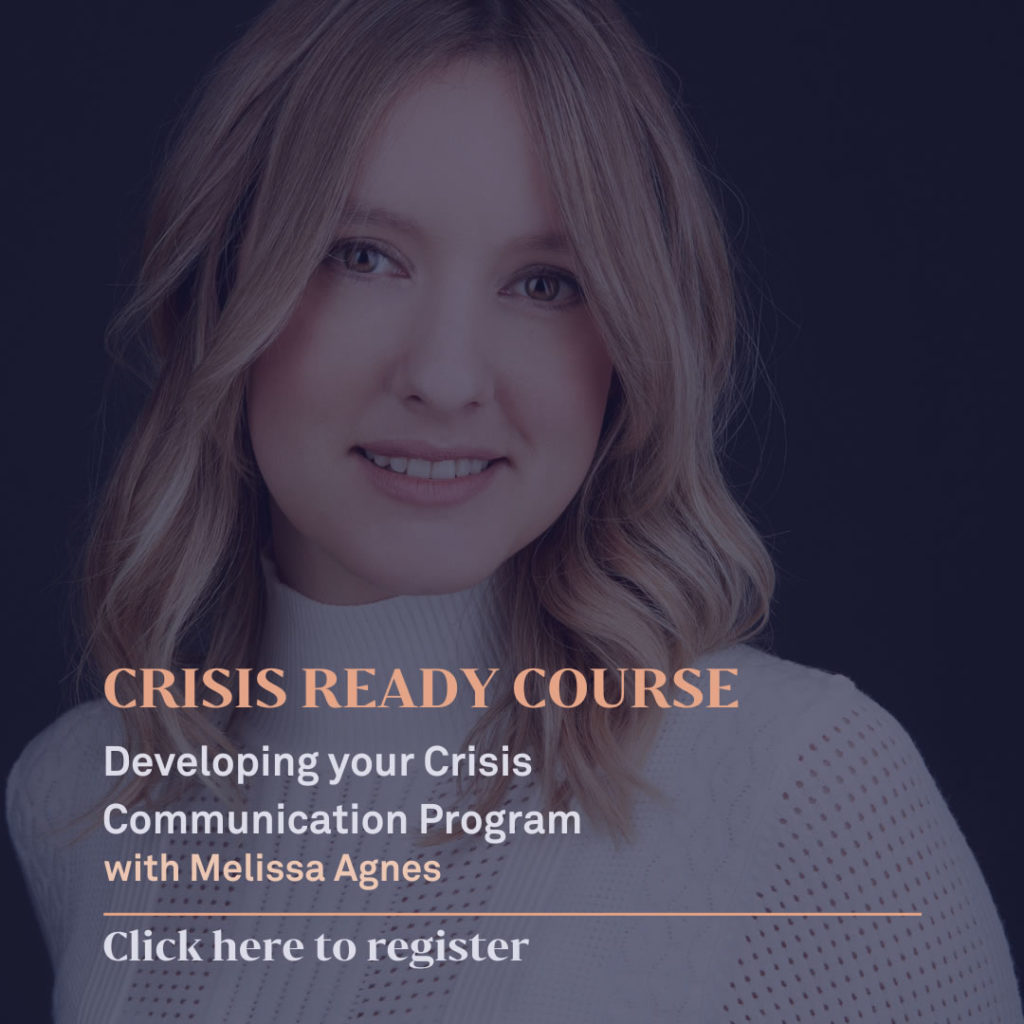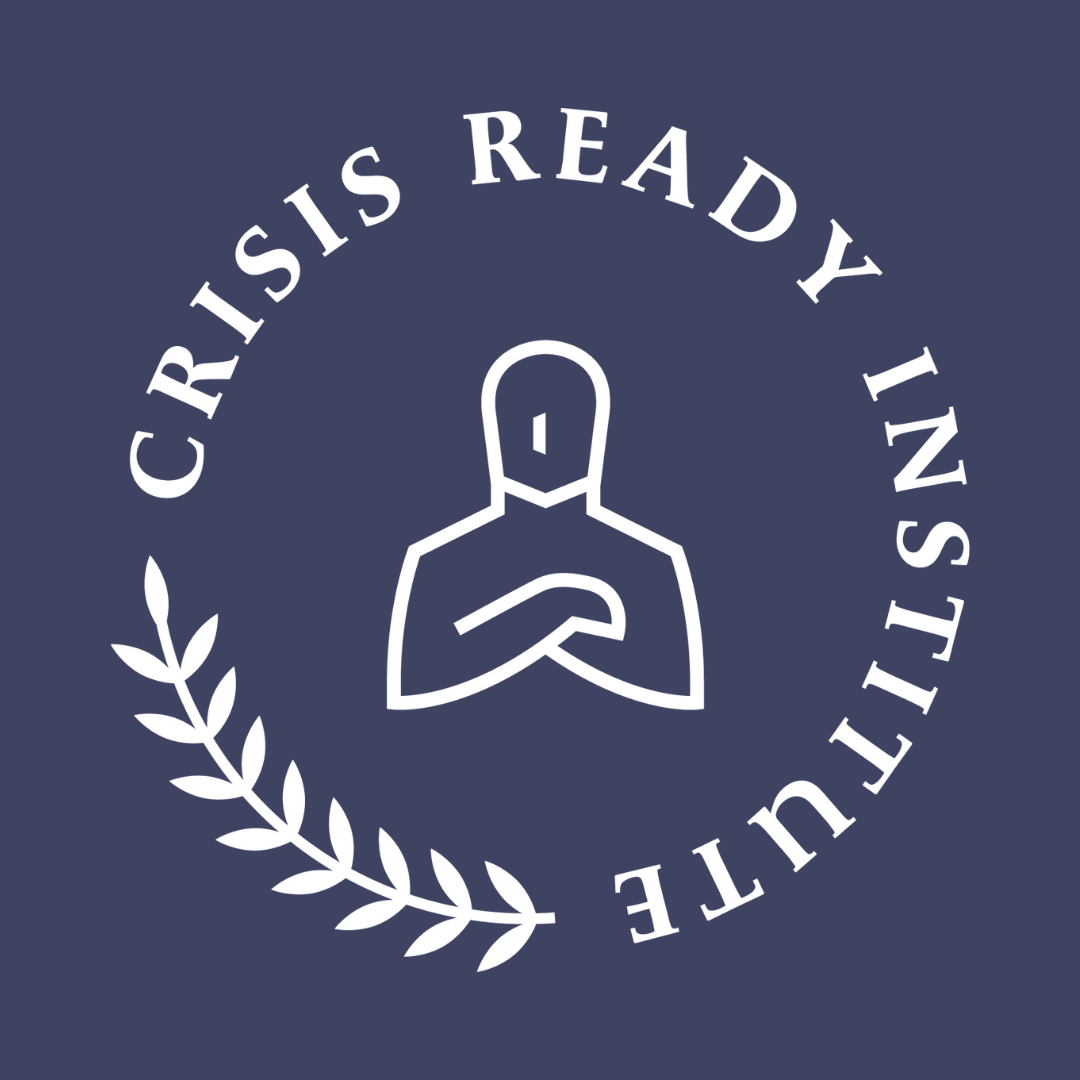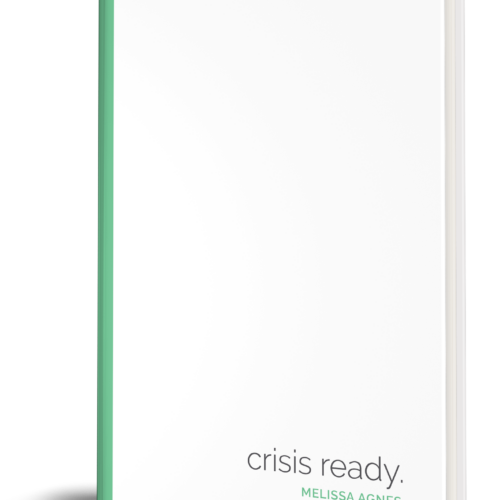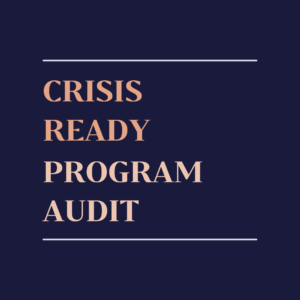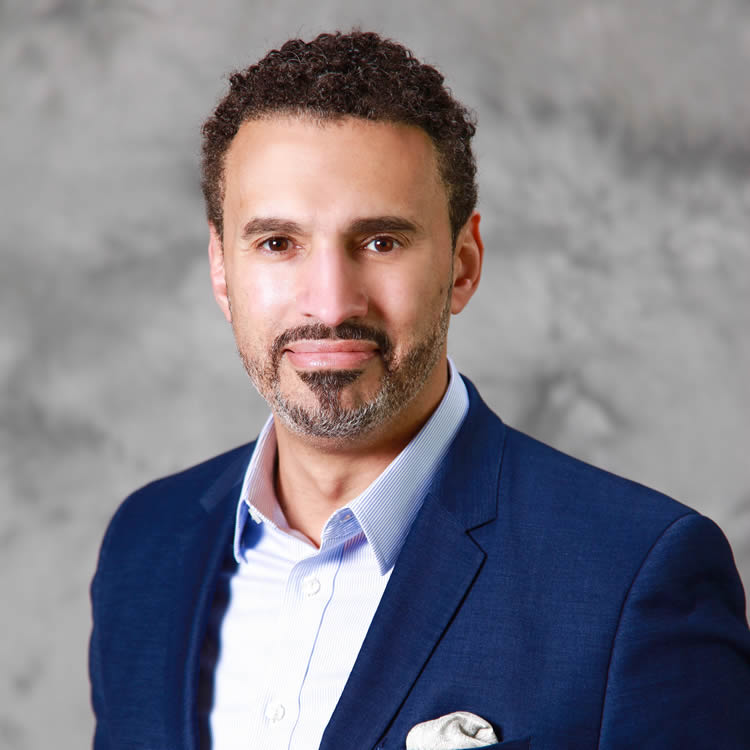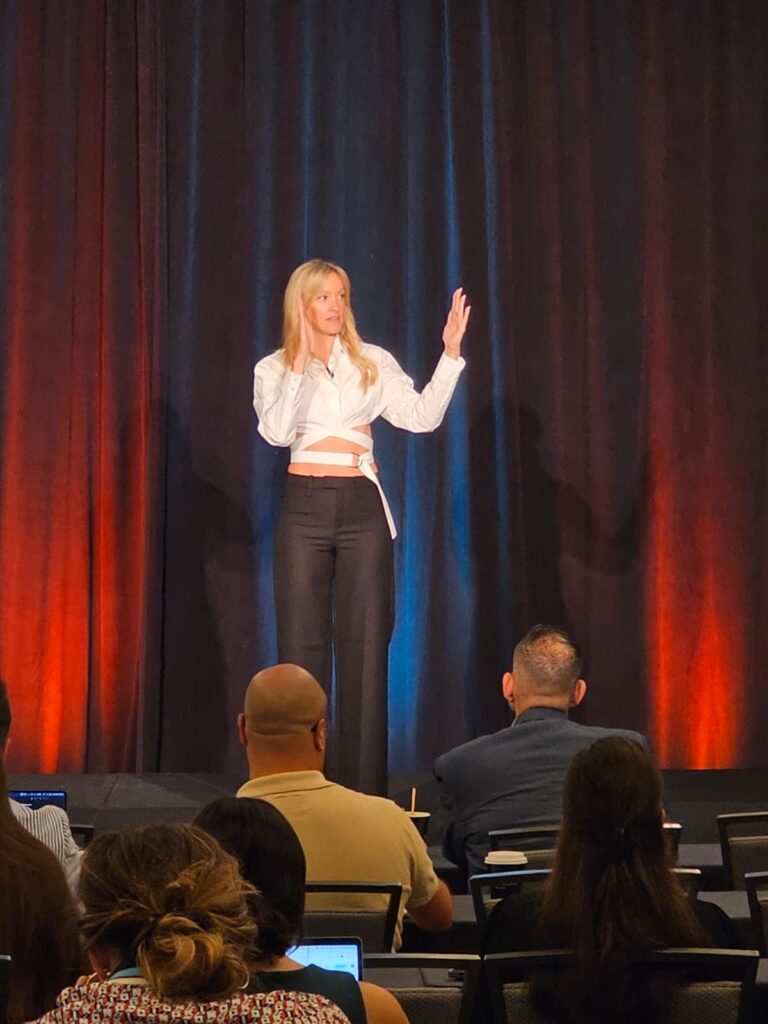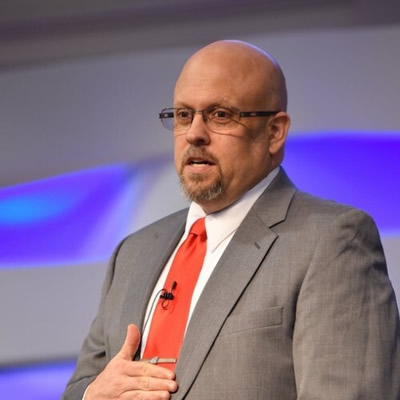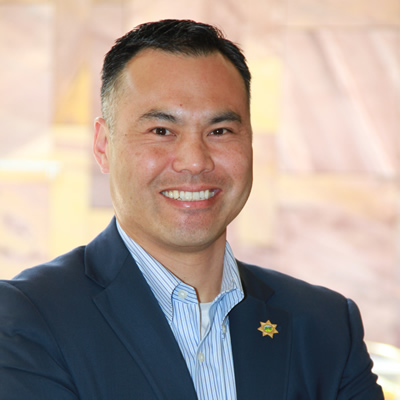One of the top things to focus on when ingraining a Crisis Ready Culture is, well, your people. There’s no culture, no business, no success without them. As we enter the third year of the pandemic and with the myriad of other catastrophes, tragedies, and impactful unknowns taking place around the world, people (yourself included, not just your clients and your/their teams) and their mental and emotional health need to remain at the forefront of your priorities.
“Research shows that employee health status directly influences work behavior, attendance and on-the-job performance. High-performance companies clearly understand the human-capital-driven health and work behavior equation. That’s why more than 75 percent of high-performing companies regularly measure health status as a viable component of their overall risk management strategy.” (Source: SHRM Foundation report listed below)
The Challenge: It’s Easy to Ignore, Avoid, Suppress, and Keep Going. It’s Also Damaging.
The world has gone through and continues to go through a lot (this might be the understatement of our lifetime). Every person, in their own way, has been impacted and has suffered to some extent. And while it’s heavy, it’s also easy to carry the weight of the emotions, push them down, tell ourselves that we can handle it and continue to push forward. It’s especially easy to do this when we compare our pain, suffering, and loss to those of others.
For example, the extravert who misses being around people all day every day can easily tell themselves that they’re healthy, their family is healthy, so they have nothing to complain about and everything to be grateful for. But the loss is still there, it’s still real, and it still bears impact. Ignoring it or lessening its value only prolongs and enhances the damaging effects.
Your Responsibility as a Leader
As a manager, a business owner, a consultant, a leader, it’s important that you prioritize two things:
- Recognize your own losses, pain, and the impacts that the weight of the world and the last three years have had on you. Pro tip: If you struggle with doing this for yourself (which is a common struggle), then tell yourself you’re doing it to lead by example because your people need you too.
- Create a dedicated safe space within the culture of your organization that focuses on helping and supporting those you lead. Provide them with resources and support, and make it known (through both your actions and words) that their well-being—and that their prioritization of their own well-being—is important, respected, valued and prioritized within the organization.
5 Resources to Support Your Crisis Ready Wellness Initiatives
Following are some third-party resources to help you put these two action steps into motion.
1- Article: How to Heal From Loss 2 Years After COVID-19 Became a Pandemic
This article, published by TheSkimm, looks at how to begin identifying the things one may be mourning and then provides tips on how to process those emotions and work towards healing.
Click here to read.
Pro tip: Read this with two sets of eyes: one for yourself, the second with the goal of identifying ways to bring these concepts and recommendations to those you lead.
2- Report: Promoting Employee Well-Being: Wellness Strategies to Improve Health, Performance and the Bottom Line.
This is a 60-page guide by the SHRM Foundation’s Effective Practice Guidelines Series.
Click here to read.
3- Report: Mental Health in the Workplace: The Coming Revolution
This survey and its results from McKinsey & Company takes a deep-dive look into mental health, its impact on the workplace, and how leaders can prioritize the well-being of their teams.
Click here to read.
4- Resources: HeartMath
In their words: “The HeartMath system empowers people to self-regulate their emotions and behaviors to reduce stress, increase resilience, and unlock their natural intuitive guidance for making more effective choices. This enables people to break through to greater levels of personal balance, creativity, insight and health. Over 300 peer-reviewed or independent studies utilizing HeartMath techniques or technologies to achieve beneficial outcomes have been published.”
- HeartMath resources on strengthening inner resilience and enhancing performance
- HeartMath resources on stress and anxiety
5- Article: There’s No Growth Without Health: Employee Wellbeing Is Non-Negotiable,
This is a detailed Forbes article, written by Glenn Llopis.
Click here to read.
What About You? What Has Your Experience Been?
What has been your experience, what resources have you found to be helpful, and what lessons have you learned with regards to focusing on employee (and your own) wellness as a cultural tactic these past few years? We’d love to hear from you in the comments below. What you share will support and help others.

